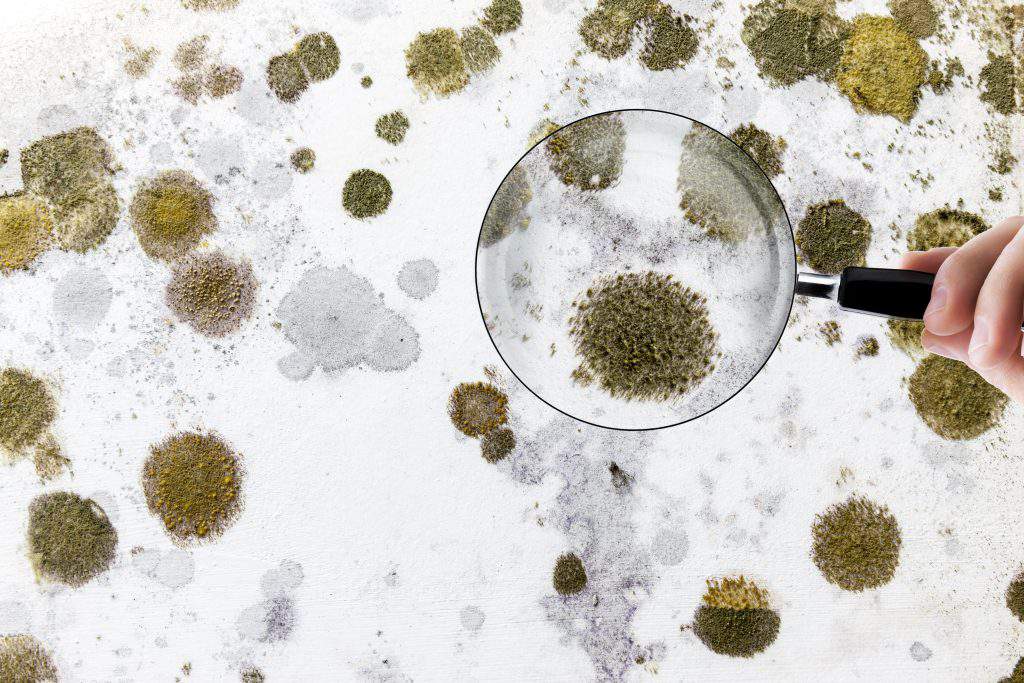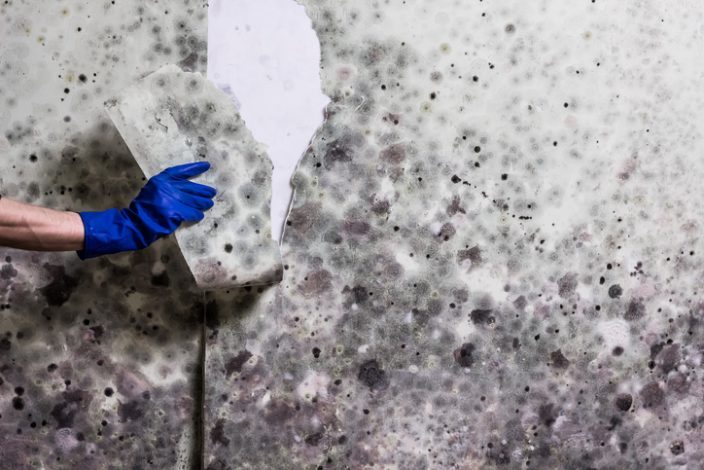Locating Post Remediation Inspection Near Me Solutions
Locating Post Remediation Inspection Near Me Solutions
Blog Article
Trick Tips for Successful Post Mold And Mildew Removal
Attending to mold concerns in a effective and prompt fashion is vital for preserving a healthy indoor setting. Efficiently completing mold removal is a diverse process that calls for interest to detail and adherence to details methods. From checking treated locations to carrying out moisture control actions, each action plays an important function in ensuring the efficiency of the remediation procedure. There are crucial post-remediation steps that are just as crucial but commonly neglected. These actions not only confirm the success of the remediation initiatives however additionally add to avoiding future mold and mildew growth.
Examination of Treated Areas
Upon completion of the mold and mildew removal procedure, a complete inspection of the treated areas is essential to make sure the performance of the remediation efforts. This evaluation functions as a critical step in the post-remediation stage to verify that the mold removal and cleanup procedures achieved success in getting rid of the mold and mildew problem and restoring a safe indoor environment. The evaluation must be carried out by certified specialists that have the proficiency to evaluate the remediated areas carefully.
During the assessment, different aspects are examined to figure out the success of the removal procedure. These consist of aesthetic analyses to examine for any kind of indicators of mold and mildew development or water damages, wetness levels to verify that the area is complimentary and dry of excess humidity that might advertise mold re-growth, and air high quality screening to guarantee that the indoor air is risk-free to take a breath. Furthermore, the evaluation may entail making use of specialized devices such as dampness meters and thermal imaging electronic cameras to detect hidden mold and mildew or dampness pockets that might result in future mold problems if left unchecked. Overall, a comprehensive inspection of the dealt with areas is essential to validate the effectiveness of the mold and mildew remediation efforts and give assurance to the passengers of the property.

Wetness Control Procedures
Reliable dampness control actions are crucial for preventing mold development and keeping a healthy and balanced interior atmosphere. To accomplish this, it is vital to attend to resources of wetness within the building. Proper air flow is vital to controlling moisture levels. Installing exhaust fans in bathrooms and cooking areas can assist eliminate excess moisture. Additionally, making use of dehumidifiers in moist areas can help in reducing moisture levels, making it harder for mold and mildew to prosper.
On a regular basis examining and maintaining the structure's outside can also protect against wetness breach. what to do after mold remediation. Guaranteeing that seamless gutters are clear, downspouts direct water far from the foundation, and the roofing is in great problem can help protect against water from seeping into the structure. Correctly securing doors and windows can additionally help keep wetness out
In cases where water damage takes place, prompt action is needed. Any leaks or spills need to be cleaned and dried within 24-48 hours to stop mold growth. Utilizing dampness meters can help discover surprise sources of water and guarantee detailed drying. By executing these dampness control actions, the risk of mold repeating can be significantly decreased, producing a much healthier interior setting.
Correct Ventilation Analysis
An integral aspect of ensuring a healthy indoor atmosphere message mold removal is performing a thorough analysis of the air flow system. testing air quality after mold remediation. Correct ventilation assessment plays a crucial duty in stopping future mold development and preserving air quality within the damaged area. During the assessment, specialists assess the efficiency of the air flow system, inspecting for any clogs, leaks, or breakdowns that might prevent appropriate airflow. It is vital to make sure that the ventilation system is effectively sized for the area it offers and that it satisfies sector requirements for air exchange rates.
Furthermore, analyzing the air flow system includes taking a look at the circulation of air throughout the area to determine any kind of locations of poor flow where dampness and impurities could build up. Correct ventilation not only assists in regulating moisture degrees but likewise help in getting rid of airborne mold spores and other contaminants, therefore enhancing overall indoor air high quality. By resolving any ventilation problems publish mold and mildew removal, home proprietors can produce a much healthier and extra comfy setting for owners while reducing the risk of mold re-infestation.
Cleaning and Disinfection Protocols
To guarantee detailed mold remediation, precise adherence to particular cleaning and disinfection procedures is crucial. Cleaning up and disinfection procedures play an important function in the post-mold remediation phase to avoid the reappearance of mold and mildew development and make sure a healthy and balanced and risk-free atmosphere. The very first step in this procedure is the elimination of any type of noticeable mold growth making use of proper cleaning agents and strategies. It is necessary to make use of EPA-approved fungicides and disinfectants to efficiently eliminate mold spores and stop their regrowth.
Additionally, carrying out preventative actions such as applying mold inhibitors and preserving appropriate air flow can assist decrease the threat of future mold infestations. By following stringent cleaning and disinfection procedures, residential property proprietors can make certain the effective obliteration of mold and mildew and develop a healthy and balanced interior environment for occupants.
Monitoring and Maintenance Plan
Implementing a regular surveillance and upkeep strategy is essential for ensuring the long-term performance of mold and mildew removal initiatives. When mold remediation is completed, it is essential to establish a monitoring schedule to review the success of the removal procedure. This includes frequently examining the previously affected areas for any kind of indicators of mold and mildew reoccurrence or water damage. By conducting regular checks, any kind of brand-new mold growth can be promptly recognized and attended to, avoiding a reoccurrence of the initial trouble.
Additionally, creating an upkeep strategy is essential to stop future mold issues. This strategy may consist of actions such as fixing pipes leaks, boosting ventilation, and regulating indoor moisture levels. Routine maintenance not just remove mold vinegar helps in stopping mold yet also adds to maintaining a healthy and balanced indoor environment. It is recommended to document all basics surveillance and upkeep activities to track progression and make certain uniformity in the upkeep of the remediated locations. By executing a thorough surveillance and upkeep strategy, the threat of mold re-emergence can be substantially lowered, promoting a secure and clean living or working atmosphere.
Verdict
To conclude, successful message mold and mildew removal includes extensive evaluation of dealt with locations, implementation of moisture control actions, evaluation of proper air flow, adherence to cleaning and disinfection methods, and establishment of a monitoring and upkeep plan. These vital actions are necessary to ensure that mold and mildew growth is properly gotten rid of and prevented from reoccuring in the future. By complying with these guidelines, property proprietors can maintain a healthy and balanced and safe atmosphere for occupants.
Upon conclusion of the mold removal procedure, a complete evaluation of the dealt with locations is crucial to guarantee the performance of the remediation initiatives. These consist of visual evaluations to examine for any type of indicators of mold growth or water damages, dampness levels to verify that the location is cost-free and dry of excess moisture that can promote mold re-growth, and air top quality screening to ensure that the indoor air is secure to take a breath. Additionally, the assessment might entail using specialized tools such as wetness meters and thermal imaging electronic cameras to discover concealed mold and mildew or moisture pockets that could lead to future mold issues if left untreated. By resolving any ventilation issues publish mold site remediation, building proprietors can develop a much healthier and more comfortable environment for occupants while decreasing the danger of mold re-infestation.

Report this page